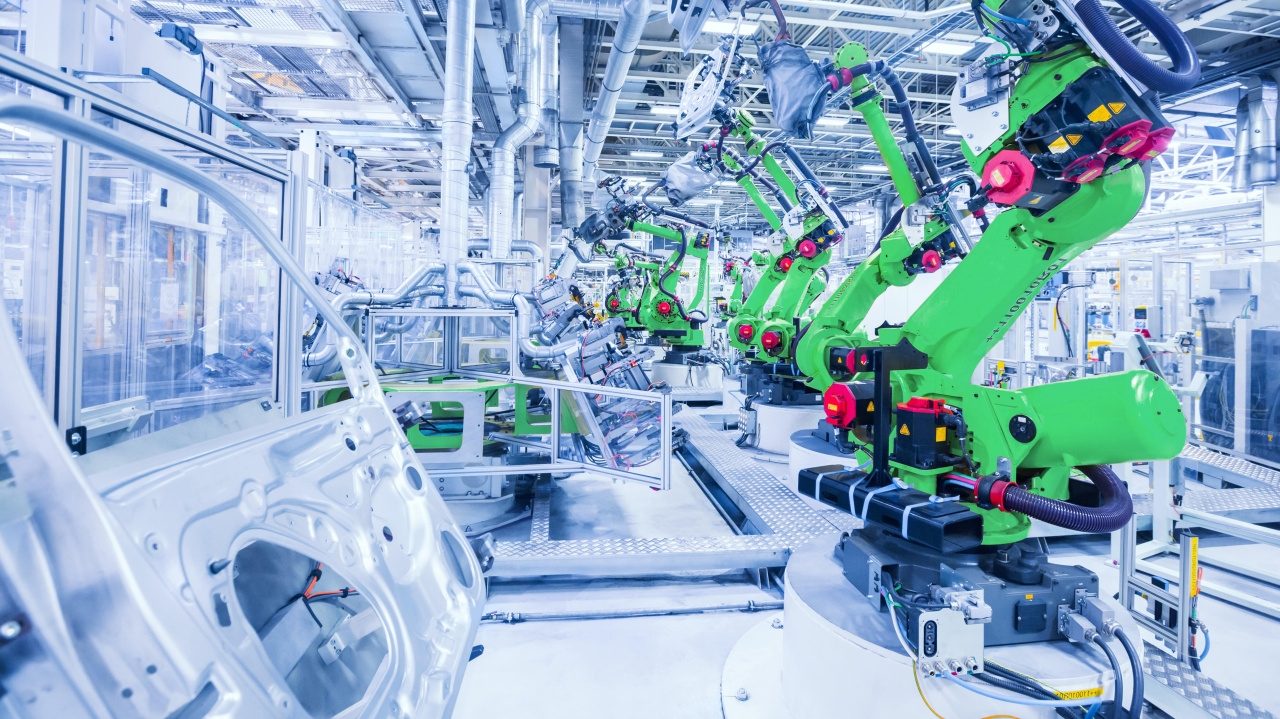Pay-per Use Equipment Finance, in the dynamic landscape for manufacturing finance is gaining momentum as an innovative method that has the potential to transform traditional models and gives businesses an unprecedented degree of flexibility. Linxfour has been at the forefront this revolution in leveraging Industrial IoT in order to create a new era of finance that will benefit operators and equipment manufacturers. We explore the intricacies of Pay per Utilization financing, its effect on sales in challenging conditions and the way it can transform accounting practices by shifting from CAPEX to OPEX which allows for the elimination of the treatment of balance sheets as per IFRS16.
The Power of Pay-per-Use Financing
At its core, Pay per Use financing for manufacturing equipment is a game-changer. Businesses pay according to actual use of equipment instead of fixed, rigid payments. Linxfour’s Industrial IoT integrate ensures accurate usage tracking, which provides transparency. It eliminates any the possibility of hidden costs or penalties if equipment is underutilized. This unique approach enhances flexibility when controlling cash flow. It is particularly important when there is a high demand from customers or poor revenue.
Effect on sales and business conditions
The general consensus is that Pay per usage financing has great potential. The majority of them believe that this model will improve sales, even in tough economic times. Costs that are aligned with usage of equipment can be appealing to businesses that are looking to increase their spending. This also allows companies to offer more attractive credit to their customers.
Accounting Transformation: Moving From CAPEX to OPEX
One of the main differences between conventional leasing and Pay-per-Use financing is in the accounting realm. Pay-per-Use financing transforms businesses by shifting capital expenditures to operating costs. This change has a significant impact on the financial reporting. It gives a more accurate representation of the costs that are associated with revenue.
Unlocking Off-Balance Sheet Treatment under IFRS16
The introduction of Pay-per use financing also brings forth a strategic advantage with regard to off balance sheet treatment, one of the key aspects under International Financial Reporting Standard 16 (IFRS16). Through the transformation of costs for financing equipment businesses can eliminate these costs off of the balance sheet. This reduces the amount of financial leverage, but it also eliminates the obstacles to investing which makes it a desirable option for businesses looking to create more flexible financial structure.
Enhancing KPIs in the case of Under-Utilization
Pay-per use models, as well as being off balance sheet, can also help improve important performance indicators (KPIs) like cash flow free and Total Cost Ownership (TCO) especially in cases of under-utilization. Traditional lease models can cause problems when equipment isn’t meeting the anticipated utilization rates. Through Pay-per-Use models, businesses are no longer burdened with the burden of fixed payments for assets that are not being utilized, thereby optimizing their financial results and enhancing overall efficiency.
Manufacturing Finance: The Future
As businesses continue to navigate the complexities of a fast-changing economy, new financing models such as Pay-per-Use are helping to pave the way for a more resilient and adaptive future. Linxfour’s Industrial IoT approach benefits not just manufacturers and operators of equipment, but also aligns itself with the growing trend of businesses seeking sustainable and flexible financing solutions.
As a result, Pay-per-Use as well as the accounting shift to CAPEX (capital expense) to OPEX (operating expenses), and the off-balance sheet method of IFRS16 represent a significant change in manufacturing financing. In a business environment which is constantly changing companies are seeking ways to improve their financial efficiency, agility and performance indicators. This new financing strategy could help them meet these objectives.
